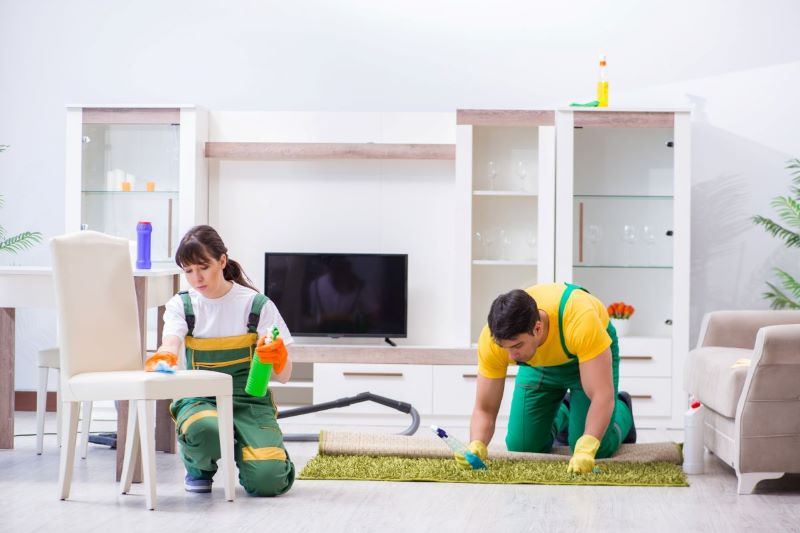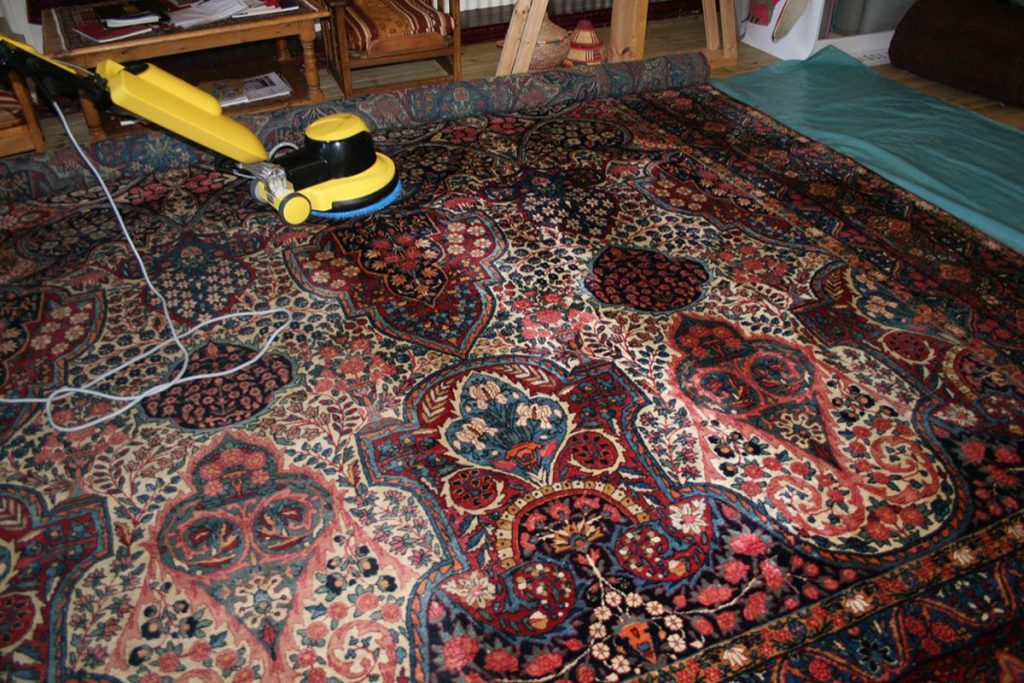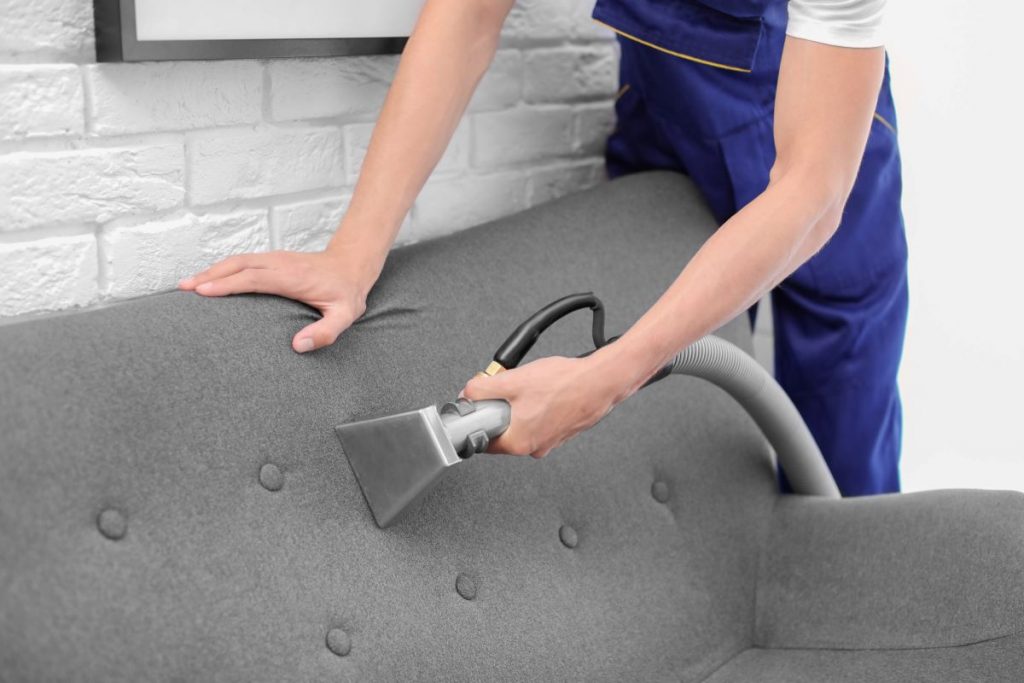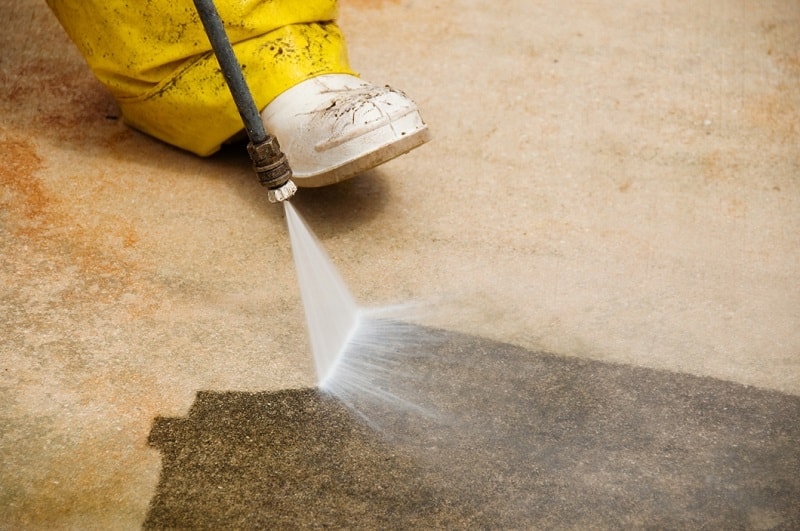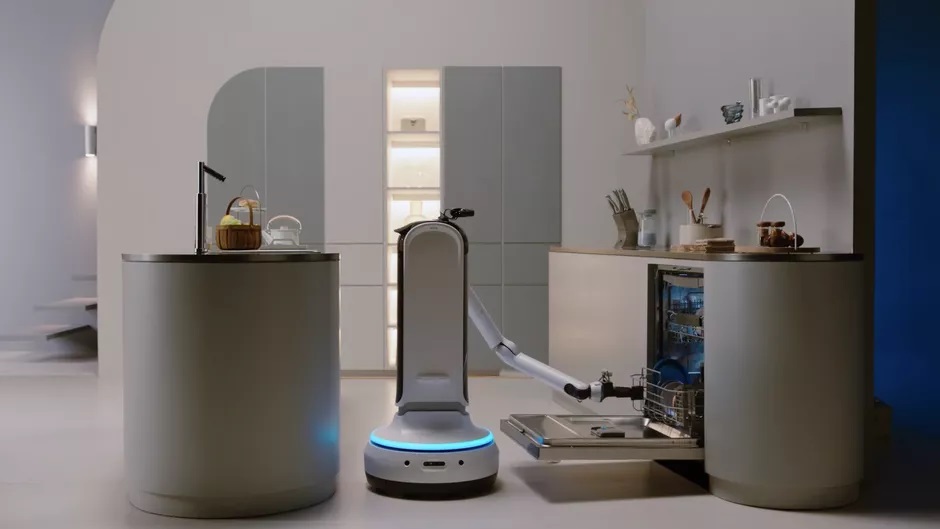Table of Contents
I have a friend who is knee-deep in academia; he once told me that the best studies you can do are those that prove something that seems true intuitively. A paper published in 2011, titled Interaction of Top-Down and Bottom-Up Mechanisms in Human Visual Cortex does just that (though it may do a whole lot more; I’m not a neuroscientist). One of the discoveries of this study is that when there’s a lot of visual clutter, it’s distracting. You probably already knew that, but now you have science on your side.
There are a lot of potential distractions working at home: pets, kids, chores that need doing, you name it. That’s why a lot of work from home professionals opt to create their own at-home office space. It creates a kind of separation between yourself and the rest of your home helping you maintain a good work-life balance. When your office starts getting cluttered, however, you may find your productivity begins to freefall. This guide is tailored to people who have already set up their own home office, although the guidelines we present here should be helpful for an initial setup, too.
Parse Through Paper
Paperwork is one of the most obnoxious kinds of clutter; papers have large surface areas so they take up a lot of space and they all look about the same so you have to read through them in order to sort them appropriately. When your office is already covered in paperwork, there are no two ways about it – you’re going to need to start sorting. Put on some music to pump you up; you could also try a favorite podcast or TV show.
Make three piles: shred, sort, and act. Paperwork that doesn’t affect your taxes and that’s unnecessary to keep for business records can be shredded. Paperwork that you’ve already acted on but need to record can be sorted; everything else can be acted upon (and you should do so immediately). Have color-coordinated folders in a drawer so you can sort your paperwork efficiently; you might sort by type, by month, or some combination of the two.
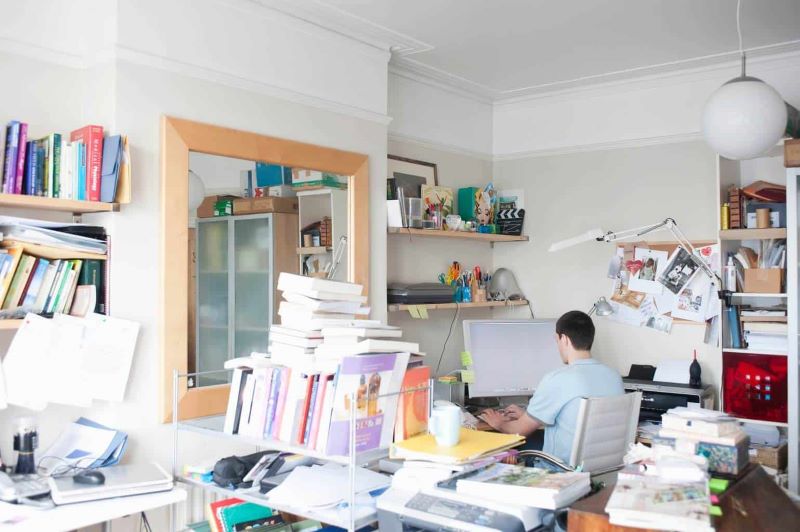
Once the paperwork is all sorted, make a habit of following this system anytime a piece of paper falls into your hands. A lot of what we’re going to talk about in this post has to do with forming the right habits. There are a lot of different guides to habit-forming, so we won’t dwell on that for too long. Remember to take it slowly, try to form one new habit at a time, and try not to get frustrated if there are setbacks.
The funny thing about paperwork is that there are ways to do it with a lot less…well, paper. You should take efforts to digitize your work, from paperless invoicing to digital tax software. The less paper you have to work through and the more automated it is, the easier it will be to keep clutter at a minimum. Another very important thing – whether digital or physical, be sure to have backups of all of your important documents, preferably in a different location!
Get Creative With Your Space
One of the biggest causes of clutter is an overall lack of space to work in so get some desk accessories. Don’t leave your pencils and pens in a desk drawer; grab a coffee mug and use it as a pencil holder. Accessories to hold binders full of paperwork you regularly use, to hold your phone, to hold loose paper – these can all help you declutter your space and free up your drawers.
You should also think vertically, especially in a particularly small space. Your walls can hold all kinds of things, from pegboards to whiteboards. You can also employ floating shelving to hold things without taking up space on the floor.
So far, everything we’ve talked about has a practical use, but you can use floating shelves and extra desk space to personalize your office as well. That’s handy if you anticipate having clients over, but it’s good to keep your own happiness in mind, too – you want to be happy to go to work every day, so have small personal items around that will make you smile.
Keep Things Tidy
A lot of writing that focuses on home office cleaning narrows in on the office elements – keeping paperwork tidy, having a place for your pens, that sort of thing. That’s all well and good – after all, it’s what we just discussed! You shouldn’t, however, neglect the more fundamental elements of cleaning your home office. We’re talking dusting, vacuuming, mopping; things that are taken for granted in other offices (because they’re usually handled by office cleaners).
One advantage of cleaning your office yourself is that you get to choose the kinds of products that are being used. There is a big trend towards environmentally friendly cleaning products – just look at Certified Green Cleaning, a Canadian-wide company that was established in response to the growing market for a green clean. You can opt to use professional services, but if you’re in a small office, you can probably put in the effort yourself. Make a habit of doing a thorough cleaning at least once a week; you might find you enjoy it. Starting your day by cleaning your space can give you a sense of control.
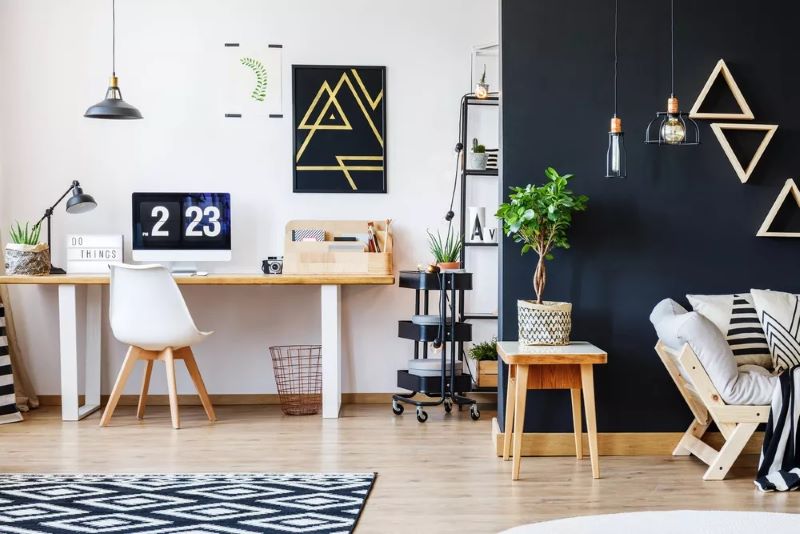
Your home office might be in a carpeted area. Vacuuming these areas is often enough on its own, but every once and awhile you’ll want to get a deep clean. The benefits of professional carpet cleaning are numerous; they can help get rid of dust and allergens, your space will look cleaner, and you’ll save time not having to do it yourself!
You can outsource a variety of cleaning activities to cleaning services; whether or not you do so depends heavily on the ways you value your time. I enjoy cleaning; it reduces my stress. For others, hiring out can take a huge burden off. When you have a home office, you run the show; trust yourself to make the right decisions.
